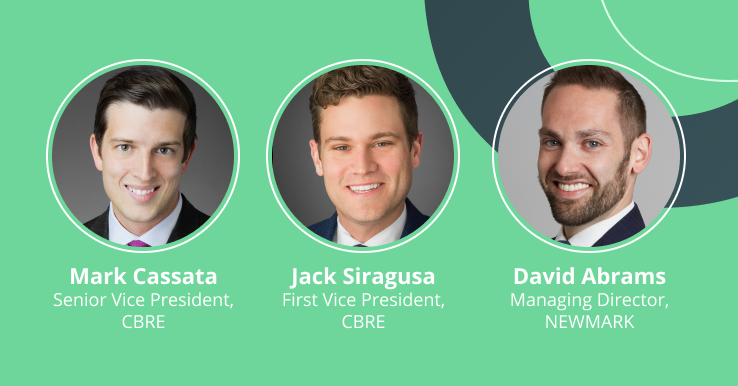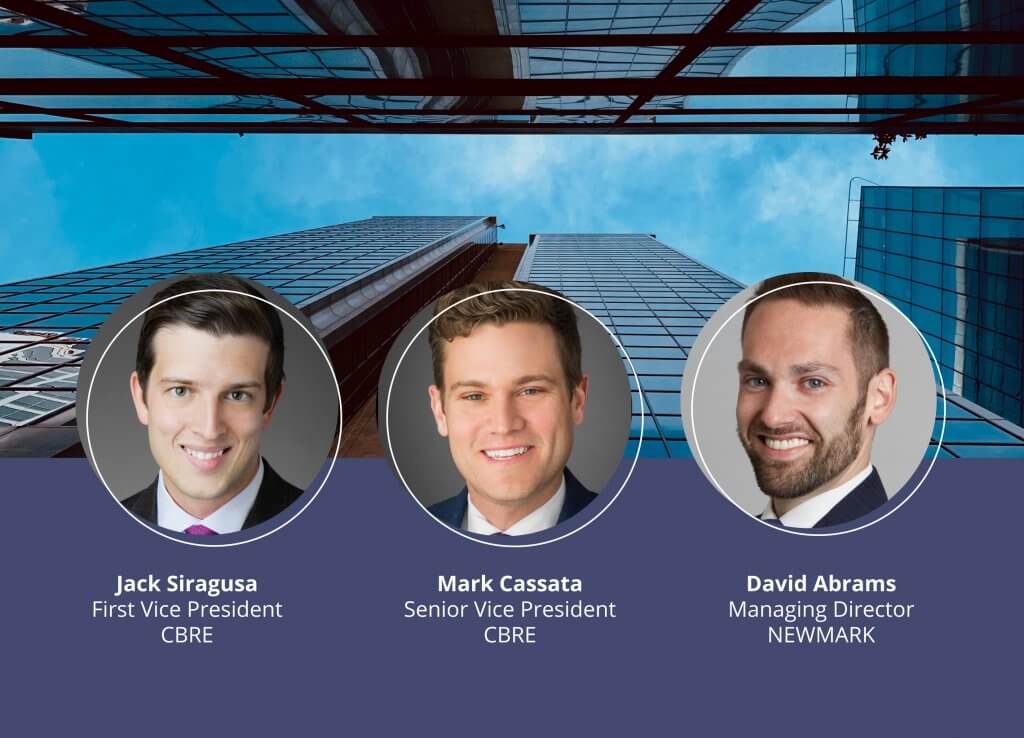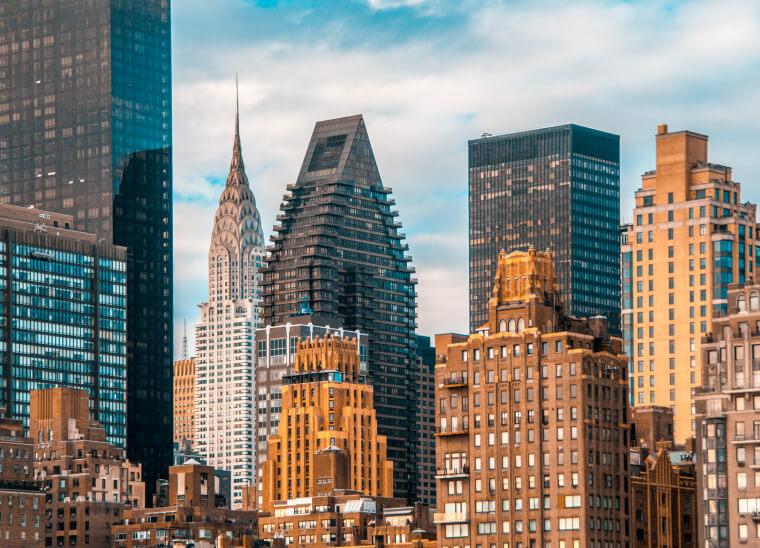With building occupancy at record lows, vacancies increasing, and rent terms more negotiable than ever, asset owners and managers find themselves at a crossroads.
Storefronts, rooftop terraces, conference centers, and cafeterias are sitting idle across every city center. Some landlords are now using this time to make building improvements that capitalize on the next retail and amenities trends. Others are just preparing for a “new normal,” ultra-hygienic work environment — from upgraded HVAC filters and sanitation stations to touchless lobbies.
Meanwhile, tenants are taking advantage of office deals they never could have gotten before the pandemic. The legal and financial services sector leaders are yearning to be back at their traditional desks again. Others, like tech startups, see the power of remote work as a catalyst to cut back office space significantly.
In the middle of it all, healthcare access within urban markets is gaining traction. Dentists, physical therapists and other healthcare providers are slowly building out more clinics closer to office buildings. And landlords such as Connell are now differentiating their Class A properties with world-class medical amenities to provide everything from routine check-ups and COVID testing to virtual healthcare and mental wellness.

Commercial Real Estate Prepares for a Comeback
Mark Cassata, a Senior Vice President with CBRE in Downtown Chicago, estimated that occupancy rates in the area are between 7%-14%. Still, many commercial real estate operators believe the market will come roaring back as vaccines are widely distributed.
“Competition has increased, vacancy has increased, and everybody is talking about how they can set themselves apart from their nearby competitor because there is just a ton of space out there,” said Cassata. “Landlords are strategically thinking and spending capital proactively.”
In New York, occupancy rates are hovering around 8% to 18%, estimates David Abrams, Managing Director at Newmark Knight Frank. It’s a tale of two opposites — some tenants are shedding space they can’t afford while others are adding space they never could have afforded pre-pandemic. The ones adding space are seeing a favorable market with landlords now accepting longer leases despite the inability to increase rents — as well as shorter, flexible leases.
“The Class A tenant gets the best terms today. Landlords are doing everything they can to provide the best deal structure possible,” said Abrams. To prepare, they’re hoping to bring the comforts of the home office to commercial buildings.
“People created at-home [work] environments they really enjoy, that provide a zen vibe,” he said. “Now It’s our responsibility to create that same environment for tenants with a focus on mind, body, and soul. Perhaps that’s through meditation rooms, boutique exercise offerings, or adjustments to space. We need to make sure the person who enjoys sitting in Hawaii feels like they’re in Hawaii in New York City.”
The sublease market is gaining steam too, with tenants occupying space they never thought they could afford before. “Tenants can test the waters and see if they can handle that for a few months before committing to a 10-year lease term,” said Abrams.
Suburbanization and the Rise of “MedTail”
Next to office buildings, opportune retailers with unique advantages are challenging the otherwise vulnerable market. Abrams shared the story of Bondi Sushi, which opened three spaces recently. The key to their confidence? Expertise in building a robust food delivery network. He also represented the group in relocating their Michelin-star restaurant, noda, to a fully built restaurant space in Flatiron at a significant discount to the rent the previous tenant was paying.
“It’s a crazy concept to open a restaurant in the middle of a pandemic,” said Abrams. “Not every [restaurant] is able to adapt to delivery and those that could are definitely seeing the numbers.”
Another interesting trend is the “suburbanization” of retail space, said Jack Siragusa, First Vice President of the CBRE Retail Advisory Group in Chicago. Many new retailers in-market won’t even look at a space unless it has parking for delivery or contactless pickup.
“We represent a regional grocery chain, for instance. They are doing all curbside pickup. Other clients such as Smashburger are also looking for multiple temporary parking spaces for pickup and/or a drive through. Curbside takeaway is a major focus right now along with allowing traditional shopping at safe distances,” he said. “The requirement for parking — which in downtown Chicago is incredibly limited — is restricting opportunities.”
Medical groups are picking up the slack. Dental, physical therapy and urgent care operators are entering these markets too, bringing services even closer to where people work.
“The retail world is evolving. A lot of the tenants looking to transact on retail spaces are medical focused. That medtail trend has only been accelerated by COVID,” said Siragusa. “If you go to market with a space right now, some of your first calls are going to be from medical providers. They’re cognizant of rental rates and want to use retail to get in front of the right people in the right communities.”
Offering healthcare services is rapidly gaining traction among commercial real estate providers. Every office building seems to already have a conference center and tenant lounges — but an onsite clinic is becoming the next logical step in competing for Class A tenants over the near term.
“We feel very strongly that a bowling alley or golf simulator will not be as exciting as the ability to quickly get a flu shot, COVID test, or checkup,” said Cassata. “Weaving healthcare and hospitality [amenities] into your offering can create a long-lasting effect. With increased awareness on evolved employee health and safety protocols from COVID, it’ll be a must-have in five years.”
It’s a matter of convenience that can save people valuable time and keep employee populations healthier.
“Why must I figure out the long commute to the doctor’s office and the appointment is only available seven weeks from now?” Cassata adds. “We are able to get our favorite juice and favorite coffee in the base of our building, but we still have to hunt for a doctor!”
To learn more about how to add a medical amenity to your office building with a footprint as small as 750 square feet, contact us. For more information and evidence-based approaches to reopening your building safely, download our latest guide.





